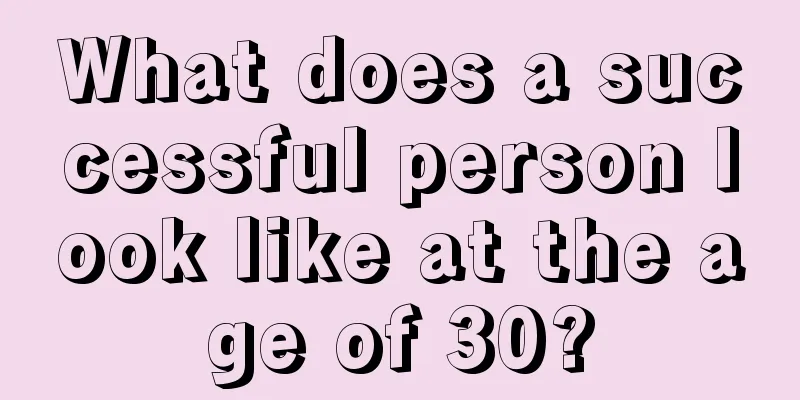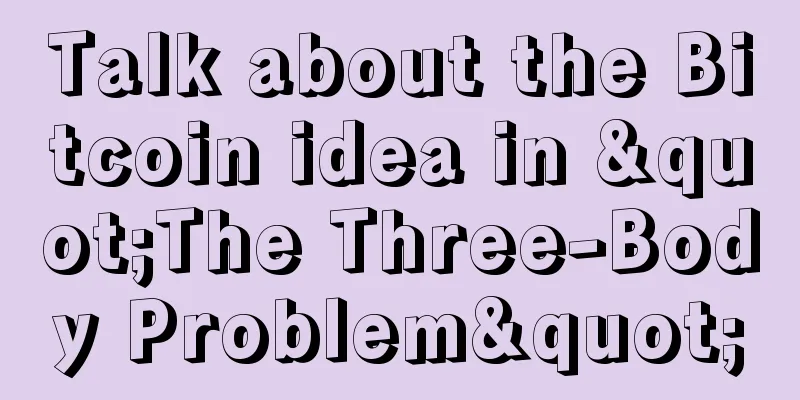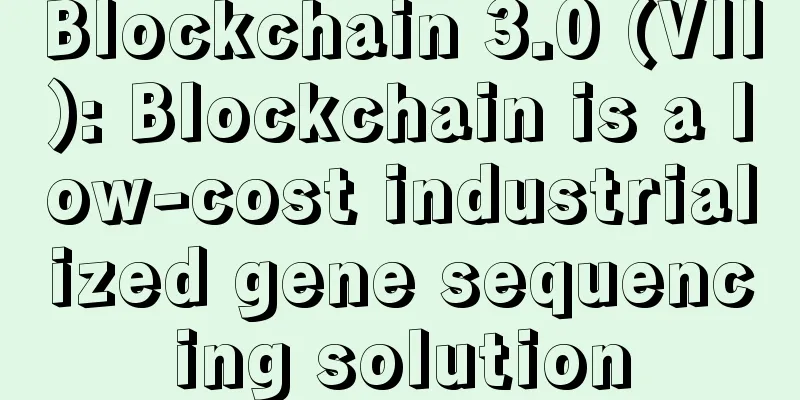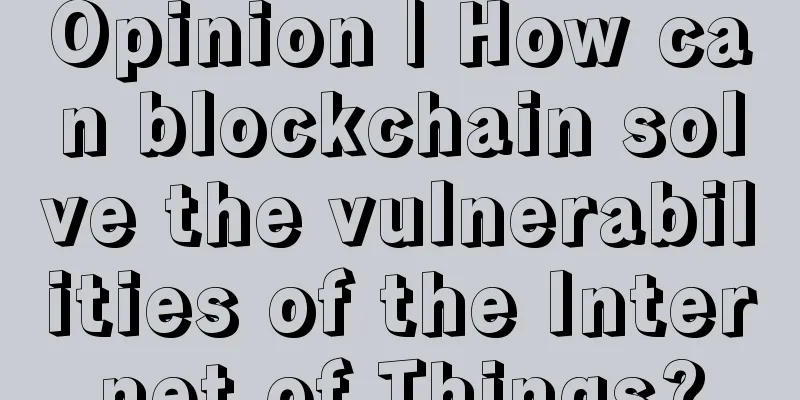The "curse" of third-party payment
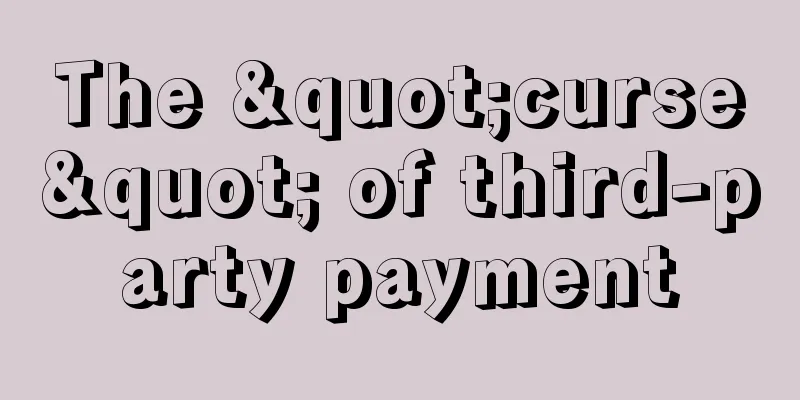
|
Recently, the central bank issued the "Administrative Measures for Internet Payment Business of Non-bank Payment Institutions (Draft for Comments)", which aims to restore the essence of the channel business of non-bank payment institutions, regulate the development of the industry, and prevent systemic financial risks. However, the "Draft" seems to be too strict, which has aroused heated discussions in the industry. There are two points of controversy: 1. The business restrictions on non-bank payment institutions seem to be too strict; 2. The cross-real-name verification requirements for customers and the management of graded transaction limits are a bit cumbersome.
Business restrictions on non-bank payment institutions
The draft opinion requires that "payment institutions should abide by the principle of mainly serving e-commerce transactions", and their business should be limited to "providing fund transfer services for payment and collection customers", and "not handling or disguising cash deposits and withdrawals, credit, financing, financial management, guarantees, and currency exchange services for customers". This means that currently popular third-party payment institutions' P2P platform customer fund custody and WeChat red envelope services may be banned.
This clause aims to restore the essence of the channel business of payment institutions. The original intention of the emergence of third-party payment was to have a third party deposit transaction funds to prevent fraud by both parties to the transaction. However, after more than 10 years of development, payment institutions have evolved from the initial third-party payment service providers to comprehensive financial service providers, with business systems involved in credit, wealth management, asset custody, etc. Benefiting from the relaxation of regulatory policies, payment institutions have a considerable advantage in the competition with commercial banks, and are increasingly threatening the banking industry's monopoly on financial resources.
Take Ant Financial, which was born out of Alipay, for example. Initially, Alipay served as payment, clearing and guarantee functions, and then developed Ali Microfinance (and the "Huabei" launched some time ago) to extend to credit functions, and then Yu'ebao and Zhaocaibao actually served as deposit collection and financial management functions, thus forming a complete closed loop. The payment institution has actually become a bank, and because it connects various banks and conducts independent transaction settlement for users, it has become a central clearing bank that exceeds ordinary commercial banks.
Therefore, some people believe that the central bank's strict rules and regulations on payment institutions are instigated by commercial banks. Payment institutions have moved the "cheese" of commercial banks, so commercial banks have to fight back. However, the most fundamental reason lies in the potential risks of payment institutions themselves. Compared with commercial banks, payment institutions lack regulatory constraints, and there will inevitably be negative incentives to ignore risks and blindly pursue profits. In the case of a good economic situation, it may be possible to leverage and flourish; but if the economic situation deteriorates, there is a risk of collapse if you are not careful. Due to the lack of a deposit insurance system and the support of the central bank as the lender of last resort, if a payment institution goes bankrupt, it will be ordinary people who will suffer heavy losses in the end. Therefore, appropriate supervision of payment institutions is indispensable.
However, the key lies in the degree of supervision. Allowing payment institutions to develop arbitrarily is not feasible due to the huge potential risks. However, whether to limit the business of payment institutions to payment business is also debatable. In fact, whether it is balance management, P2P fund custody, or other things, third-party payment has done well and has at least been recognized by the market. Although there are risks, it should be guided and regulated, rather than punished. Otherwise, it may hinder innovation and cause loss of efficiency.
Cross-real-name verification and transaction limit management
It is understandable that the central bank requires payment institutions to "implement real-name management for customers". This is necessary for anti-money laundering and anti-fraud, and is also required in all countries. It is also appropriate to require "multiple cross-verification of basic customer identity information through three or more legal and secure external channels to ensure effective and appropriate customer identity information and their true intentions". After all, this can be achieved through ID card, bank card, and mobile phone text message verification, which is also very common at present.
The dispute lies in multiple cross-real-name verification and transaction limit management. The central bank divides payment accounts into "comprehensive payment accounts" and "consumption comprehensive accounts". The account balance of the former can be used for consumption, transfers and purchase of investment and financial products or services, and the annual cumulative balance payment transactions do not exceed 200,000 yuan, while the account balance of the latter can only be used for consumption and transfers to the bank account of the same name, and the annual cumulative balance payment transactions do not exceed 100,000 yuan. However, opening a "comprehensive payment account" requires face-to-face identity verification (which is not realistic in most cases at present) or cross-verification of identity information through five (including) or more legal and secure external channels, while opening a "consumption comprehensive account" only requires cross-verification through three (including) or more and less than five external channels.
Payment institutions basically rely only on the Internet for operation. Unlike commercial banks that have a large number of offline branches, requiring face-to-face identity verification will greatly increase unnecessary costs and cause efficiency losses. At present, most of the verification is done in a non-face-to-face manner, mainly through ID card information, bank card, and mobile phone SMS verification code. Therefore, it is basically barrier-free to open a "consumer comprehensive account". The controversy lies in the fact that for five or more external channels, in addition to ID card, bank card, and mobile phone number, at least two identity verifications are required, and the driver's license, social security card or multiple bank cards need to be bound, which seems too cumbersome. If binding a bank card cannot confirm the user's identity in addition to ID card and mobile phone verification; then binding two more bank cards can confirm the user's identity, which is also questionable.
In addition, the central bank divides payment instruction verification security into three levels, and each level implements transaction limit management: "For transactions where payment institutions use two or more elements including digital certificates or electronic signatures for verification, the daily cumulative limit shall be agreed upon by the payment institution and the customer through an agreement; for transactions where payment institutions use two or more elements excluding digital certificates and electronic signatures for verification, the daily cumulative amount of all payment accounts of a single customer shall not exceed RMB 5,000 (excluding transfers from payment accounts to the customer's own bank accounts with the same name, the same below); for transactions where payment institutions use less than two elements for verification, the daily cumulative amount of all payment accounts of a single customer shall not exceed RMB 1,000, and the payment institution shall promise to unconditionally bear the full risk loss compensation liability for such transactions.
At present, the most popular payment instruction verification method is transaction password + SMS verification code, so it is basically no problem to reach the second level. The central bank also stated that the 5,000 yuan limit can already meet the consumption needs of 92% of individual customers, and ordinary consumers do not need to worry too much. The key here is that if you want to reach the first level, you need to pass the digital certificate or electronic signature verification, and the popularity of the two still needs to be improved. In fact, digital certificates and electronic signatures are still limited to online transaction verification of commercial banks, and payment institutions are basically missing, especially mobile phone transactions currently lack digital certificates or electronic signature verification. The forced promotion of digital certificates and electronic signature technology may have a certain impact on the local tyrants in the short term. However, the central bank's move is mainly to convey encouragement for the use of digital certificates and electronic signature technology to promote the market's use of the two technologies, thereby improving the security of payment transactions, which is appropriate in the long run.
|
<<: Nasdaq speaks out on Bitcoin for the first time
>>: OKCoin's new COO Hu Zhibin: I am a loyal believer in Bitcoin
Recommend
A woman's fate can be seen from her buttocks
Big and loose buttocks He has good fortune in wea...
The grid patterns in palmistry show personality traits
There are all kinds of lines on the palms of peop...
Web3.0 has nothing to do with China
I recently saw an article saying that employees f...
The face of a person who breaks up without any feelings
In fact, many times relationships are not maintai...
Which one has higher investment value, Bitcoin or Ethereum?
Twilight Theory Those who are new to crypto, such...
How to predict marriage from palmistry
In fact, everyone cares about their marriage. Aft...
Is it true that people with short and flat jaws have no offspring?
Although many people nowadays no longer regard co...
Pigeon Eye Analysis
Pigeon Eyes Characteristics of pigeon eyes <br...
Lifeline to see your health status
Lifeline to see your health status 1. The lifelin...
Can I marry a man with white eyes? Is a man with white eyes a good person?
A man with three white eyes has a bad career Care...
Judging from the characteristics of ruthless and ungrateful women from their faces, which types of women are the most indifferent?
People who are heartless and ungrateful will defi...
Binance exchange is responding to an investigation by the U.S. Department of Justice and the Internal Revenue Service (IRS)
There is nothing wrong with Binance’s operations....
How to read women's faces? Which women with these faces are blessed?
Face reading can really let you know a lot of inf...
How to tell how many times a person will get married from palmistry
1. You can look at the part on the side below you...
How does Bitcoin halving affect subsequent investments?
More and more institutional investors are attract...

